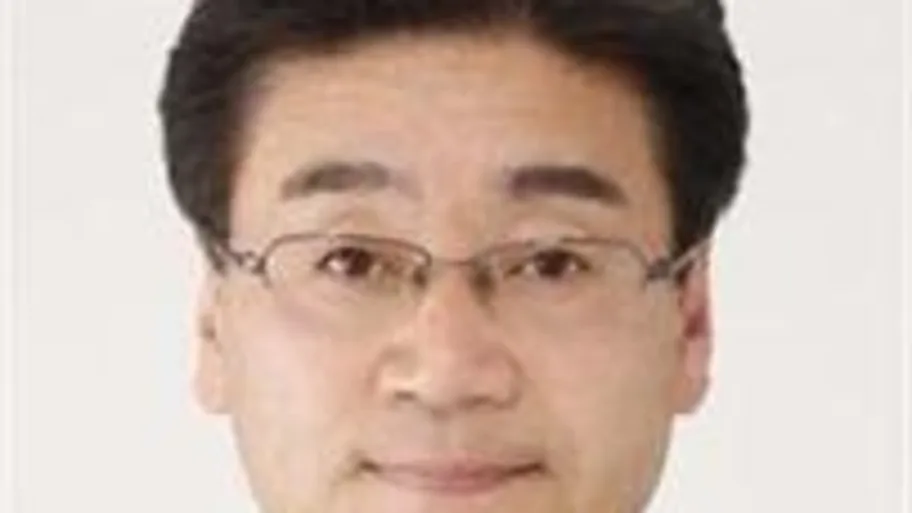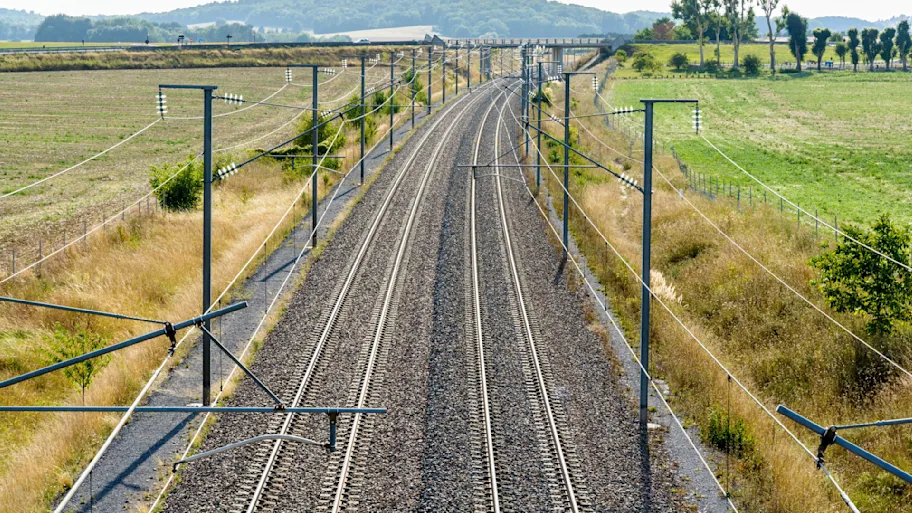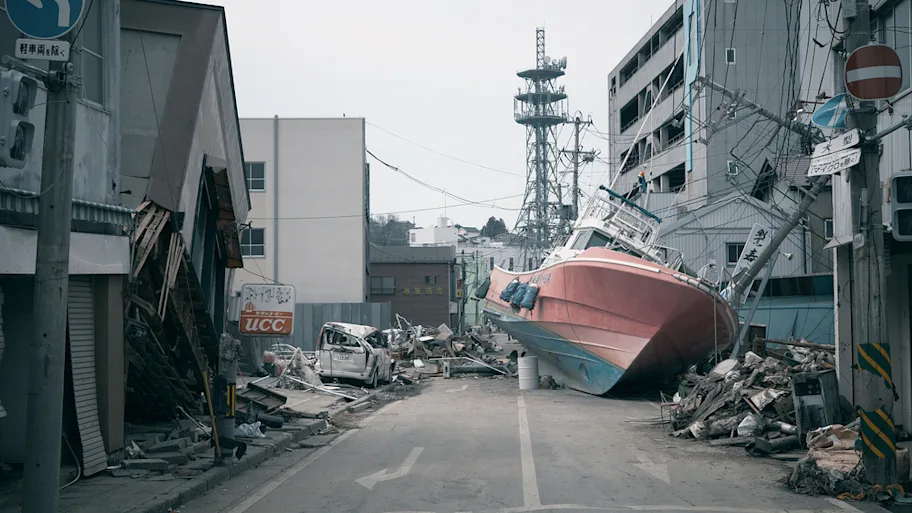
- Science news
- Engineering
- Sustainable and resilient structural design to combat earthquake disturbances
Sustainable and resilient structural design to combat earthquake disturbances
By Eva Brown, Frontiers Science Writer
To help buildings become more resilient to earthquakes, scientists have taken measures to analyze various vibrational modes with the goal of creating safe and sustainable structures for future generations.
Professor Izuru Takewaki and his team based at Kyoto University in Japan have centered their studies around the areas of earthquake engineering and the structural design of buildings. They are working towards grasping an understanding of how best to bring resilience in buildings — especially against natural disasters such as earthquakes. Their aim is to create safer and more sustainable constructions.
“During Japan’s Tōhoku earthquake and Tsunami in 2011, many people were killed, so I’m working on developing safe designs of buildings,” Takewaki explains. “In my field we are looking at the worst case analysis as you don’t know when, where or how intense a disaster will be. We are also looking at the resilience of the buildings to withstand earthquakes.”
In order to set the ground for progress, the team set out to measure the different vibrational states, which would enable them to develop safer building designs that are more stable and structurally secure. This, in turn, will enable the structures to withstand the intense strike and resonance created by the earthquake itself.
Professor Takewaki recalls a key, yet early phase, in the development of understanding vibrational waves. “In the 1960’s US professors invented measures to analyze the resonance of vibrations, but found it very difficult to analyze non-linear vibrations,” he says, “our team worked to over this difficulty.”
This marked a huge step within the science of earthquake engineering. Indeed, their project decomposes nonlinear vibrations into many modes which are assessed by more conventional techniques.
Leading in a primarily theoretical and computational approach, together with some experimental work done on side, the scientists found that one solution is to use new materials such as polymer materials, as well as smart structures. Takewaki says this combination has resulted in structures with high strength and durability.
“It is clear that there are three key area’s three ‘R’s’ to address; namely the reuse of materials, the recycling of materials and lastly the reduction of materials,” he says. “But we also have to use those only which contribute to the structures’ durability and waste in an effective manner.”
Takewaki says challenges within the field begin with the already existing buildings. “There are many long-term improper buildings already existing, which need to be addressed,” he says.
It can be seen that transition towards a universally safe creation of buildings will take time. Another feature Professor Takewaki brings to attention is that currently their method is only applicable to simple structures, thus there still remains an acute need to extend this study to more complex and tall buildings.
Research in this field is not only applicable locally in Kyoto and Japan, but his groundbreaking work has a mass appeal due to earthquake’s increasingly unpredictable and disturbing occurrences around the globe.
“I believe science can solve global sustainability. New theories need to be developed to enhance resilience, and we can solve many problems through this,” he says.






